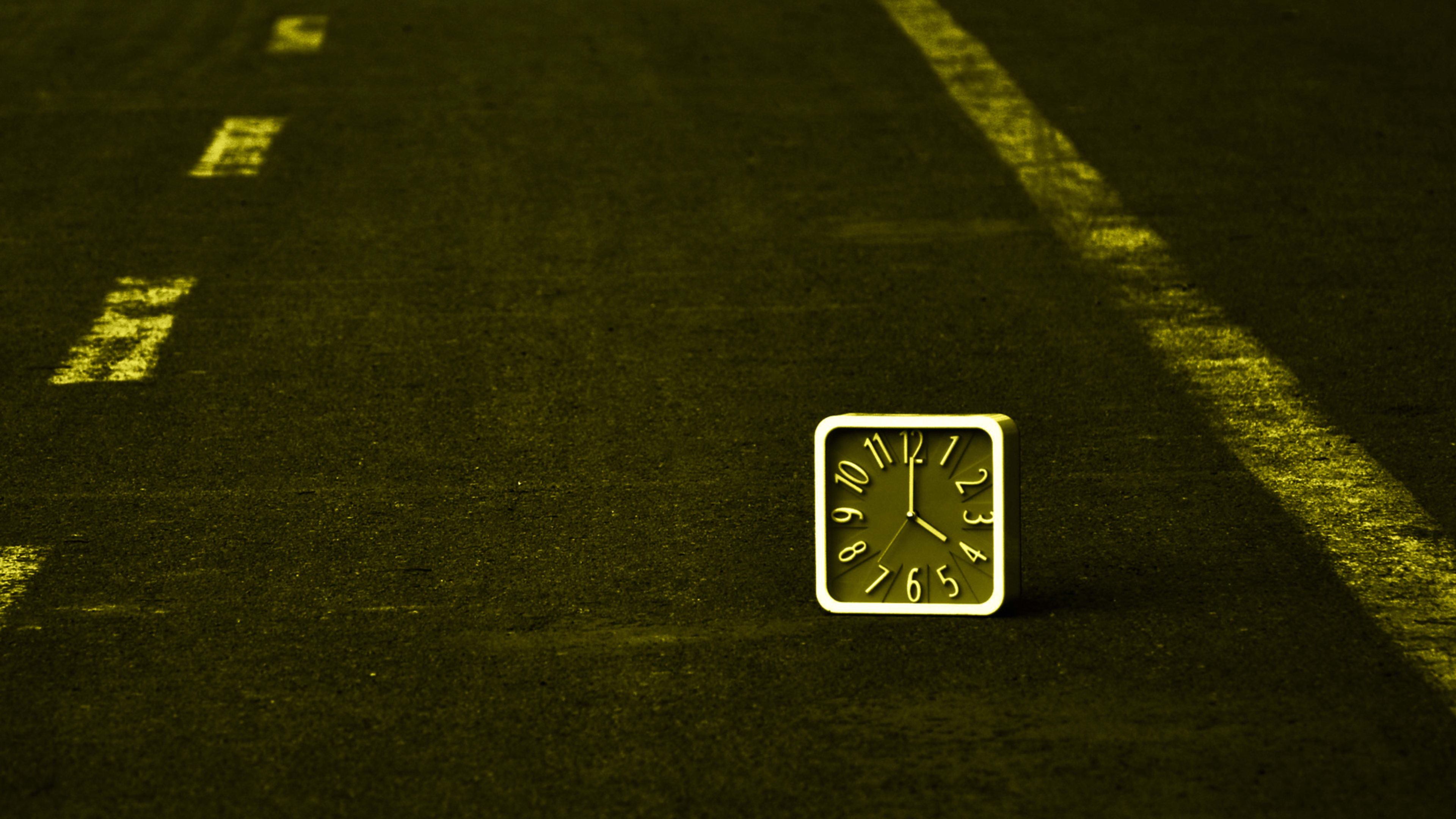To quote musician Tom Petty, “The waiting is the hardest part.” And it’s getting harder. We live in a world of same-day delivery, microwaveable meals, and on-demand entertainment. Patience is a virtue and often in short supply.
“Humans like instant gratification,” says Courtney E. Ackerman, author of The Book of Patience. “We are wired to seek out pleasurable experiences, not in the future, but now right now. If you’ve ever had an event coming up that you are really looking forward to, you know how hard it can be to wait patiently.”
Adding to impatience is the uncertain world in which we live. Over the past 18 months we learned that all we really have is the present moment, so we want it to be as pleasant as possible, says Ackerman. “When something comes up that puts more time or distance between us and our goal, we often react with irritation and a sense of urgency,” she says.
In addition to needing patience for life in general, being more patient can help in your career, says Dorie Clark, Fast Company contributor and author of The Long Game: How to be a long-term thinker in a short-term world.
“Meaningful goals take a while to happen, and along the way, there is a lot of attrition,” she says. “A lot of talented people give up too soon. There are societal pressures around short-term results. And social media does not help because it can seem someone else is achieving success faster. That can be discomforting.”
Recognizing Your Impatience
Unless you’re specifically looking for signs, you may not recognize that you’re feeling impatient. Outward signs can include tapping your feet and fidgeting, while quieter signs may be having an internal sense of unease, elevated heart rate, muscle tension, and fast, shallow breathing, explains Ackerman.
“These subtle signs can be easily missed or misattributed to other things, like that extra cup of coffee we had this morning,” she says.
When you make an effort to recognize your patterns of impatience, you can start doing something about it.
Building Patience
The first thing to do is to step in and disrupt the impatience as it’s happening, says Ackerman. “If we do this often enough, we can rewire our minds and change our default from impatient to patient,” she says.
Work on building and practicing mindfulness, becoming present and aware of yourself and your surroundings. “Notice what you’re feeling and practice labeling those feelings,” says Ackerman. “You’ll start to get really good at recognizing when you’re feeling impatient, and then you can try one of the many techniques to neutralize frustration and build your patience.”
For example, Ackerman suggests asking yourself, “Will this thing that’s making me so impatient matter in five hours? How about five days? Five weeks? Five years?”
“Asking this question puts your current struggles into perspective, making it easier to be patient in the moment,” says Ackerman. “You could also try some steady breathing exercises, journaling about your impatience, get up and stretch or take a mindful walk, or use a visualization exercise to get calm and collected.”
Practicing Strategic Patience
Clark says a lot of people mistake patience with being passive. “Patience isn’t my strong suit,” she says. “I thought it was essentially wishing and hoping, and just being patient and working hard so the right things will happen and turn out. That was both distressing and offensive to me because I want to be taking action. I want to be doing something.”
Strategic patience is a proactive, muscular form of patience that recognizes that things may take a while. Clark suggests channeling impatience into action by scoping out a project and researching how long something it should take.
“A lot of people skip this and make assumptions,” she says. “If you think something should take a year but it actually takes most people five years, you may lose patience.”
You can also build strategic patience by surrounding yourself with people who are knowledgeable about what you’re trying to accomplish.
“It is always great to have general cheerleaders around you, but they are not very helpful in enabling you to answer the question, ‘Why is this not working yet?'” she says. “For that, you need someone that really has a sense of your industry, or has a sense of what is involved because, in those moments, you’re often not very rational. Some of us tend to catastrophize and wonder if we should throw in the towel. You need rational outside observers who can help you decide, based on the facts, what is the best course.”
Why Striving for Patience is Important
Patience is a great quality to build and practice for its own sake, but the most valuable thing about being patient is what it signifies: a mind that is centered, a heart that is open, and a person that is balanced, says Ackerman.
“It’s not a terrible thing to feel impatient once in a while, but you’ll find that patience and wellness go hand in hand,” she says. “The more mentally healthy you feel and the greater your satisfaction with life, the more capacity you have for patience. When you take steps to boost your patience, you also boost your mindfulness, your understanding of yourself, your empathy and compassion, and your overall sense of well-being. Working on just one of these positive qualities will have ripple effects that result in even farther-reaching improvements in your life.”
Recognize your brand’s excellence by applying to this year’s Brands That Matter Awards before the early-rate deadline, May 3.
